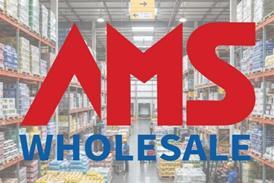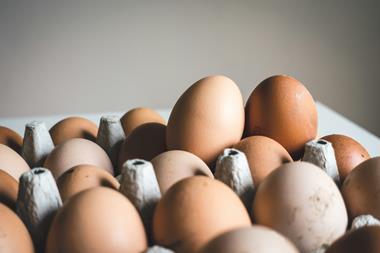
Publishing: 25 June
Advertising deadline: 3 June
Submissions deadline: 27 May
Carina Perkins (carina.perkins@thegrocer.co.uk)
The Story
Brits have got through fewer litres of supermarket-bought cider and lager in the past year. The volume losses of the two might be comparable, but in value terms they’re poles apart. Lager has lost £64.9m, while cider is down £3m. So what’s going on? Is a preference for more premium cider helping buoy value? And what’s driving growth in ale?
Key themes:
Range rationalisation and extensions: Central to this feature will be an exploration of how supermarkets have rationalised their mainstream and extended their craft ranges in the past year. There have been a few big delistings; how have sales been impacted?
Cider: This feature will explore the factors that have led to cider’s decline after several years of growth. Particular attention will be paid to factors such as NPD, new listings, advertising, price and promotions. What’s driven average prices up?
Lager: This feature will explore the performance of this category in detail, investigating the factors that have led to average prices falling. Nevertheless, some brands are still flying; so who have been the casualties and heroes of the past year in lager?
Ale & stout: This feature will analyse the performance of this category in detail. Particular attention will be paid to factors such as NPD, new listings, advertising, price and promotions. Who have been the heroes and casualties of the past year in ale?
‘Craft’: This feature will explore the continued growth of beer and ciders purporting to be ‘craft’ brands. What sort of growth is this part of the market seeing at present and how long can it be sustained? What do pioneers of the British craft movement make of recent efforts by multinational drinks companies to cash in on the trend with their own ‘craft’ offerings?
Price & promotions: This will be paid particularly close attention in this feature, given the decision of many major lager players to cut back on deal activity which they claimed was unsustainable a few of years ago. Have they managed to convince drinkers to pay more for their lager or have they had to resort again to piling high and selling cheap? How vital is it for brands to hit certain price points?
Innovation: This will be key to this feature. We will be investigating how new product development has shaped the category over the past year and what is in store for shoppers in 2016. We will be profiling 12 of the most interesting launches (four ciders; four lagers; four ales) in separate innovation panels.
Competition from other alcohol categories: This feature will explore whether the decline in beer and cider has been to the benefit of other alcohol sub sectors. Are Brits drinking wine, sparkling wine, spirits or cocktails at home instead of beer and cider? Which sub categories pose the greatest threat to beer and cider over the coming year?
Promotions: This feature will explore how the promotional strategies of retailers and brands have changed over
the past year. Attention will be paid to the promotional strategies of retailers and how this has affected average
prices over the past year.
Advertising and marketing: This feature will also investigate how the marketing and advertising strategies of the
category’s biggest brands have evolved over the past year and how they will develop in the coming year to sustain
growth or return brands to growth.
Key questions the feature is likely to address:
- What consumer trends have impacted the category over the past year?
- How have promotional strategies (both in terms of price and marketing) evolved?
- How have individual retailers’ strategies impacted the market?
- How has merchandising changed in the market?
- What impact has own-label had on branded players?
- What’s next for the category?
Downloads
Focus On Beer & Cider
PDF, Size 0.29 mb













No comments yet